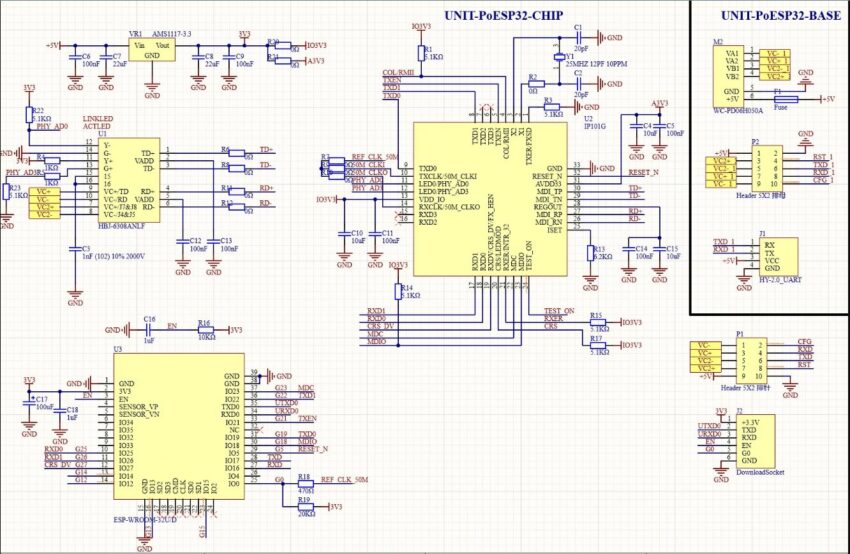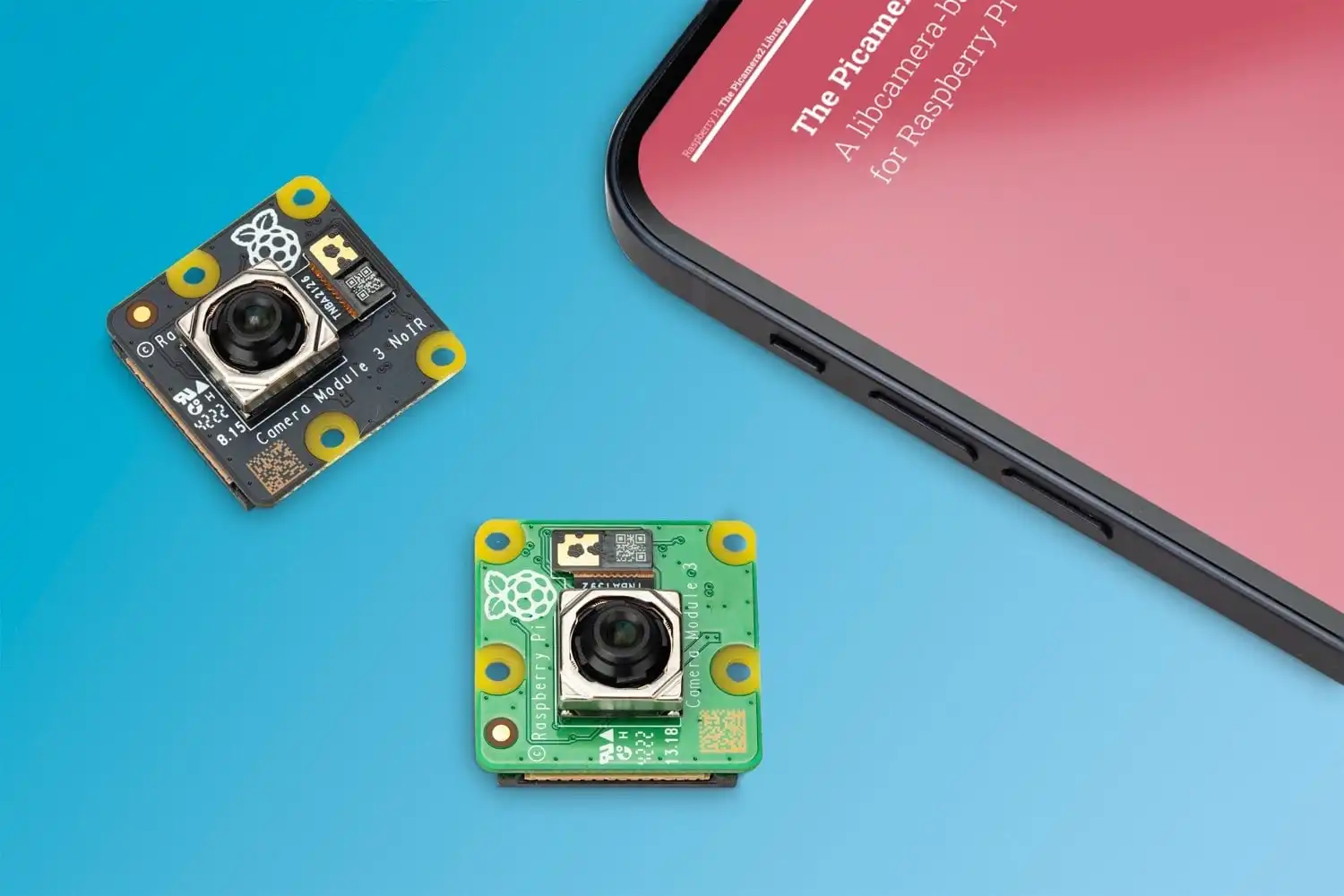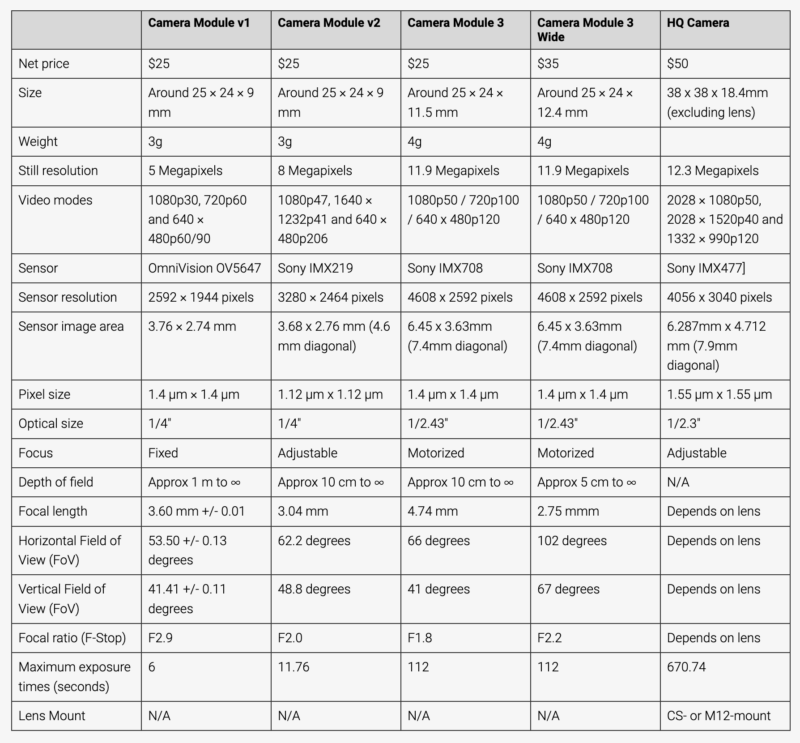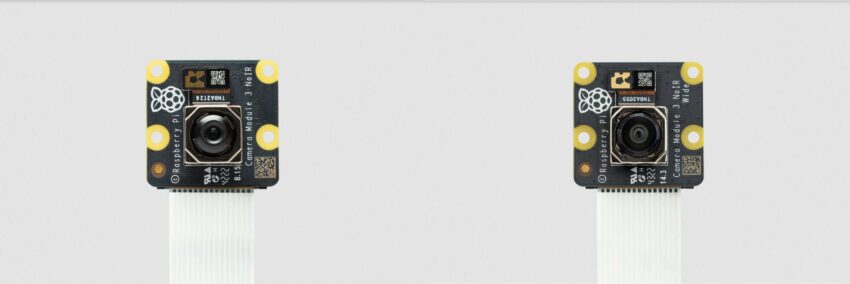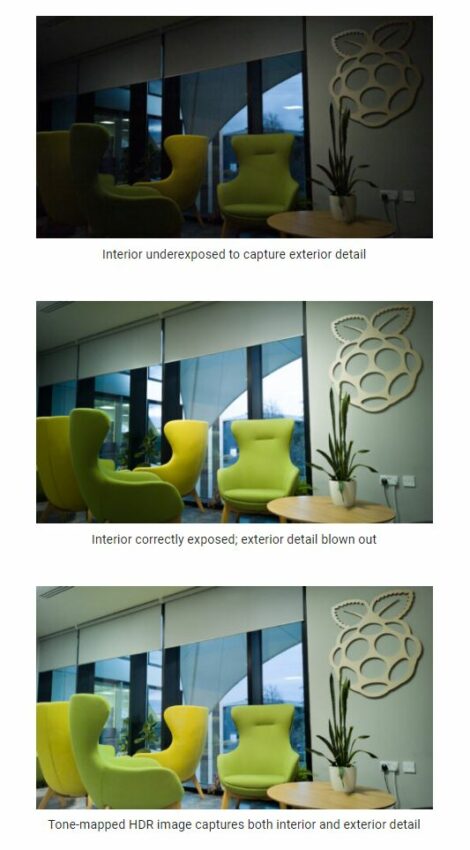The VAR-SOM-MX93 is based on NXP’s i.MX93 newest application processor, offers ML, power efficiency, and cost-effective advantages
Variscite, a leading worldwide System on Module (SoM) designer, developer, and manufacturer, today announced new, state-of-the-art SoM for energy-efficient machine learning edge devices. Variscite’s VAR-SOM-MX93 is based on NXP’s iMX93 processor, the industry’s first implementation of the Arm® neural processing unit, Ethos™-U65 microNPU, offers a rich set of features at an attractive price and targets markets like industrial, IoT, smart devices, and wearables.
The VAR-SOM-MX93 is designed to accelerate ML and offers an energy-flex architecture for efficient processing. It’s based on a 1.7GHz Dual Cortex™-A55 NXP iMX93 processor and an additional 250MHz Cortex-M33 real-time co-processor with a dedicated Neural Processing Unit (NPU) 0.5 TOPS and built-in security features.
The VAR-SOM-MX93 is a member of the VAR-SOM Pin2Pin System on Module family that provides extended scalability options: from the entry point with the i.MX 6UltraLite platforms, through the i.MX 6 and i.MX 8M processors families, up to the high-performance i.MX 8X and i.MX 8QuadMax platforms. This broad Pin2Pin product family allows Variscite’s customers to enjoy extended longevity, as well as reduced development time, costs, and risks.
The SoM offers industrial features like 2x CAN bus, 2x GbE, and industrial temperature grade plus a wide range of features and connectivity options: camera inputs, audio in/out, ADC, 2x USB, certified dual-band Wi-Fi, BT/BLE, and display outputs.
“As a company dedicated to being first to market with innovative solutions, we are proud to deliver the VAR-SOM-MX93, which provides our customers with a high-quality, future-proof SoM that meets the market’s demand for energy-efficiency solution, especially for smart edge devices,” said Ofer Austerlitz, VP Business Development and Sales of Variscite. “This next generation of technology extends the coverage of Variscite solutions for the embedded market.”
VAR-SOM-MX93 Evaluation kit
The VAR-SOM-MX93 evaluation kits include the related SoM with the scalable Symphony carrier board and an optional LVDS display with a touch panel.
Availability and longevity
Both the evaluation kits and the SoMs are now available to order for Variscite’s alpha customers. The VAR-SOM-MX93 is included in Variscite’s long-term longevity plan and will provide an expected availability of 15 years.


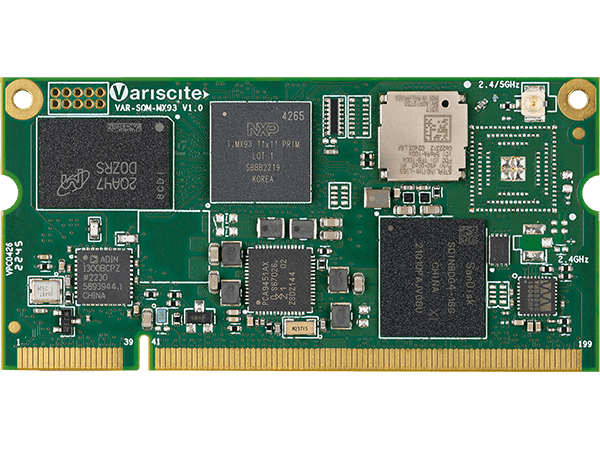
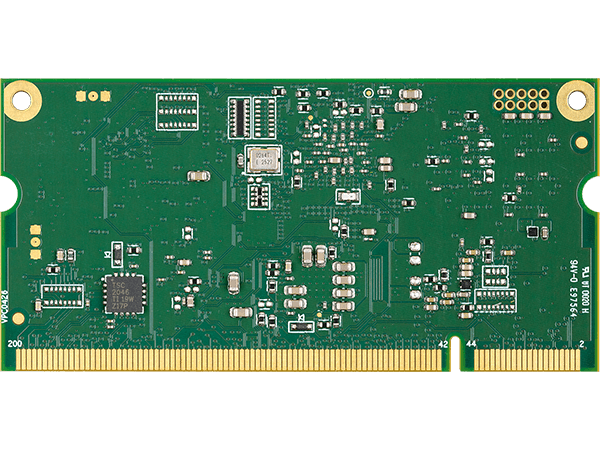
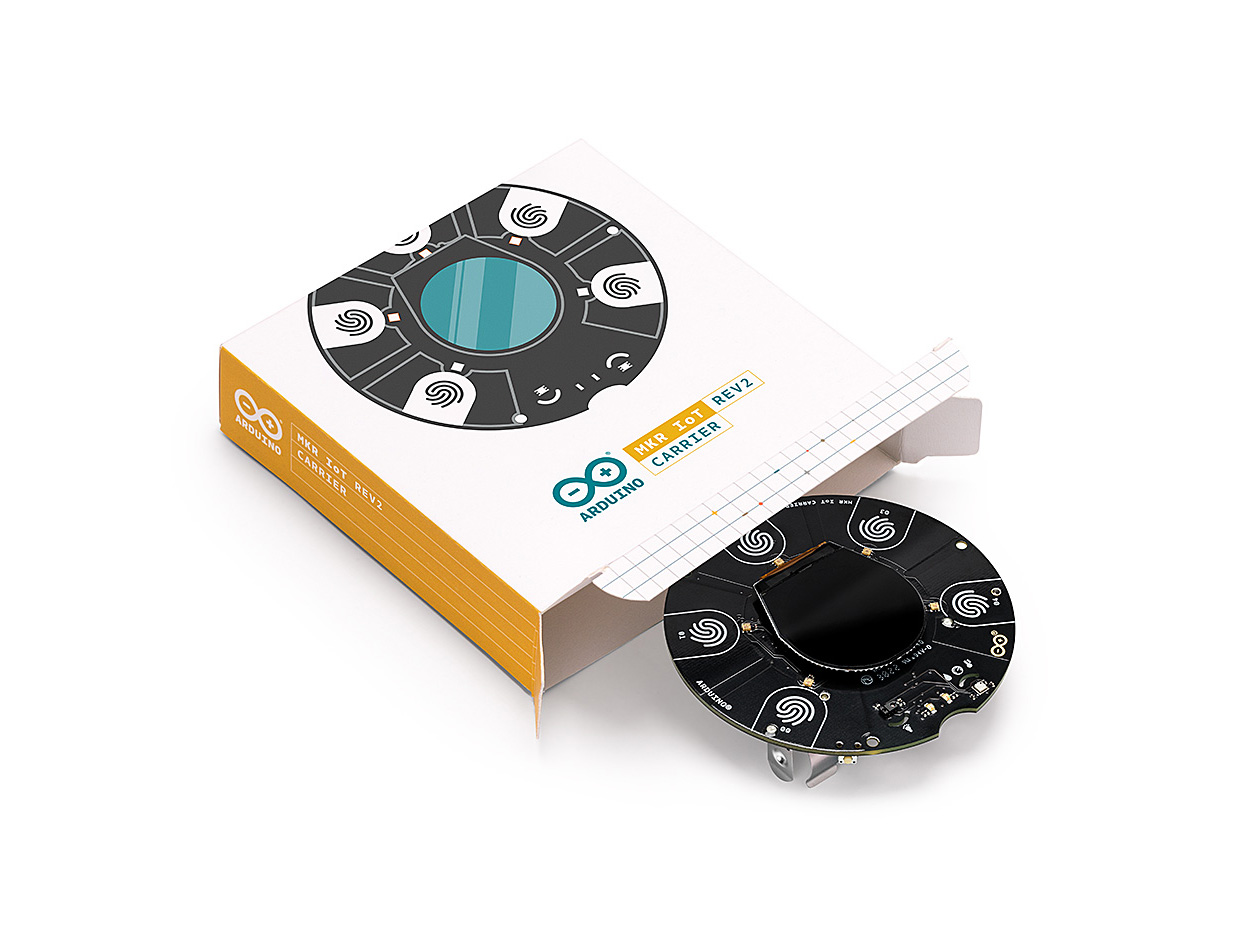
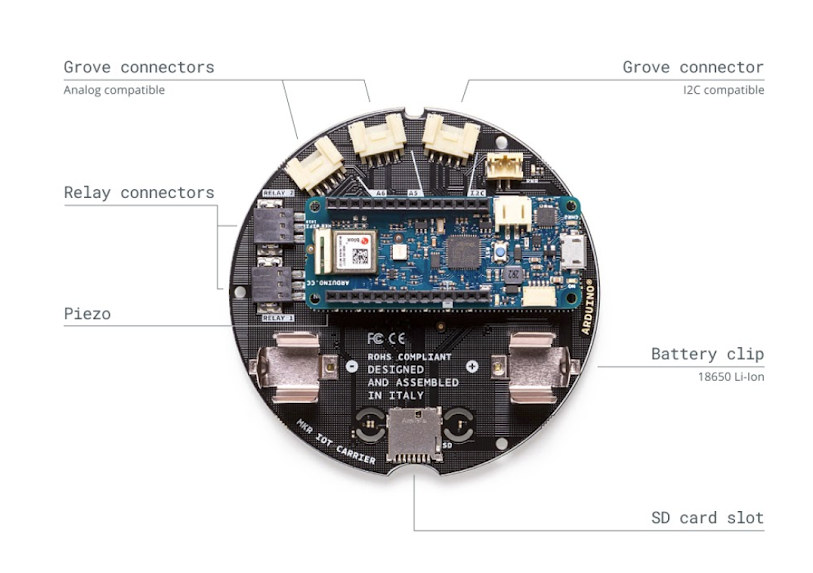
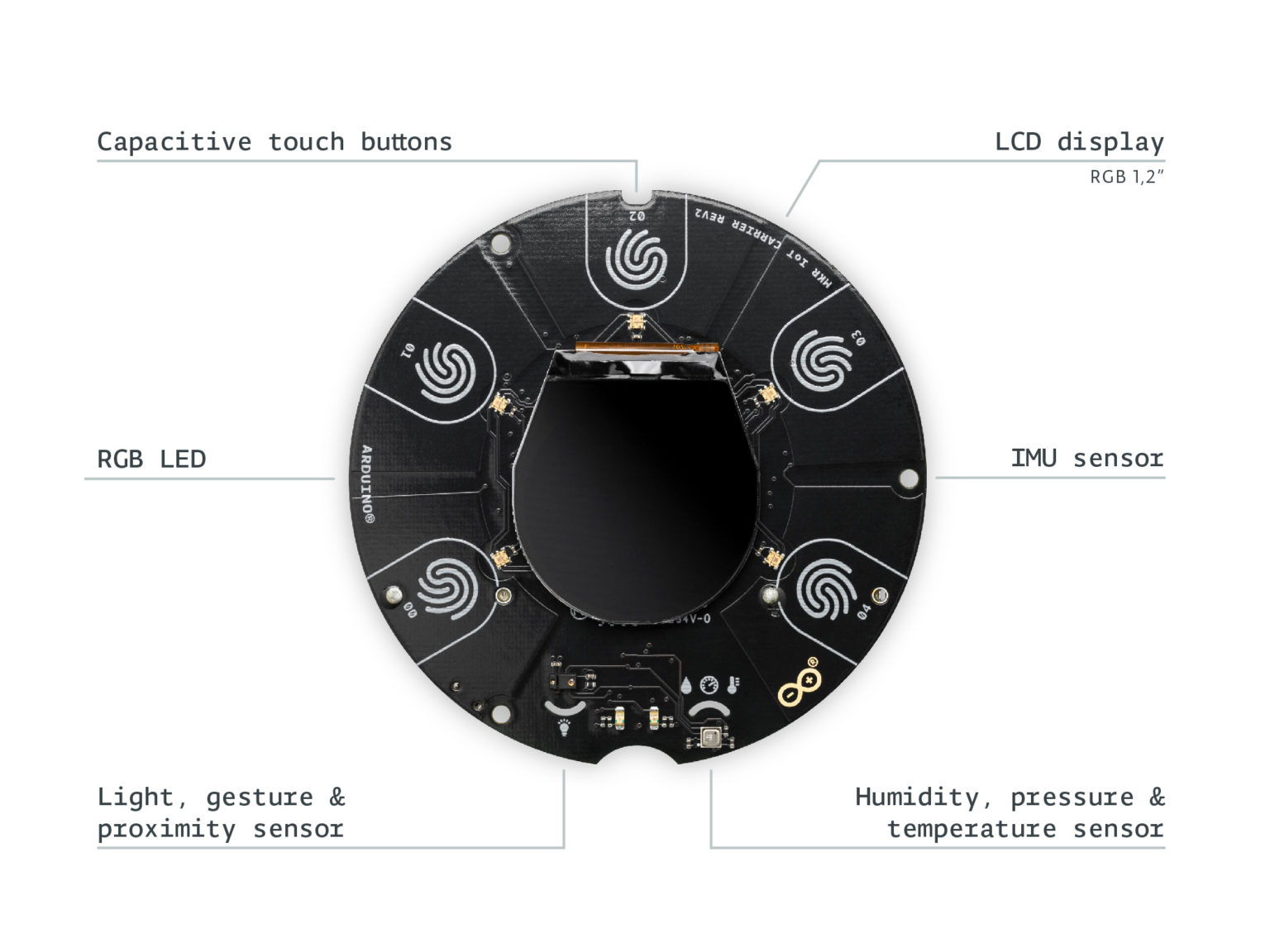
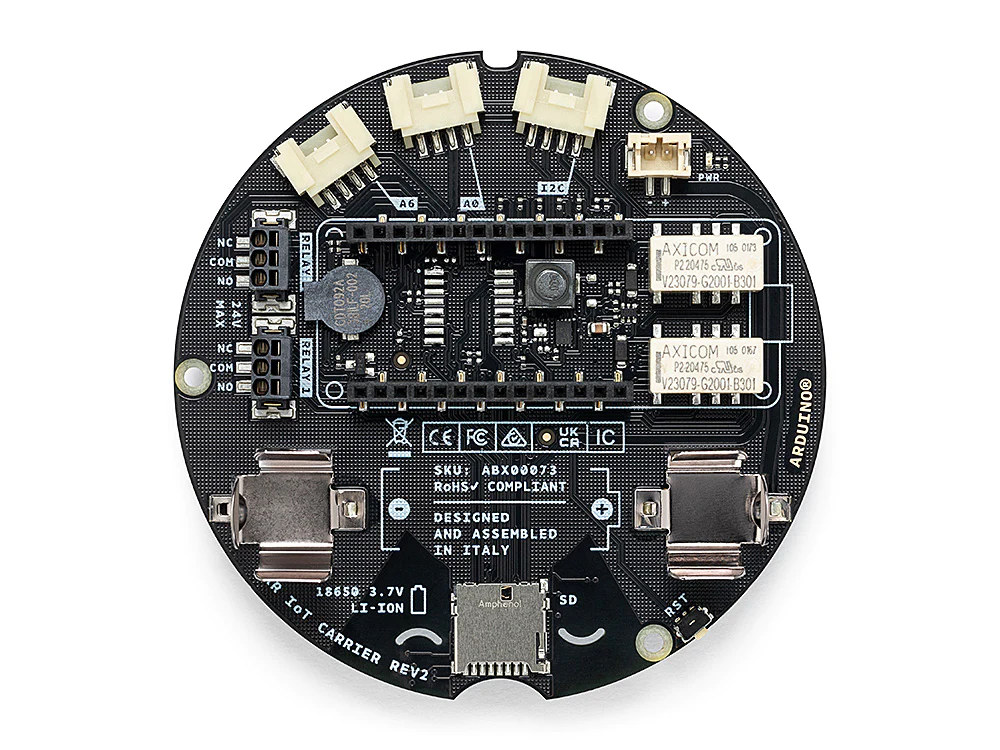
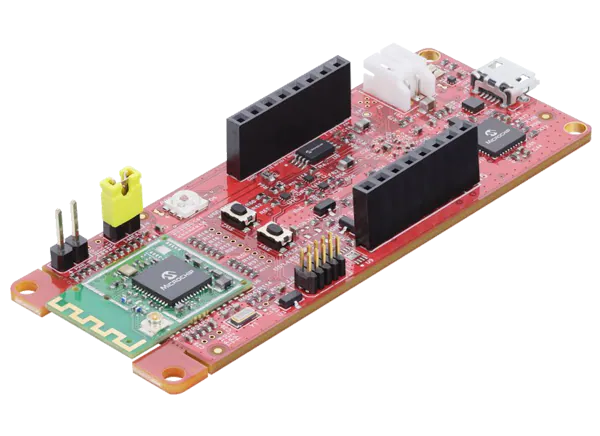
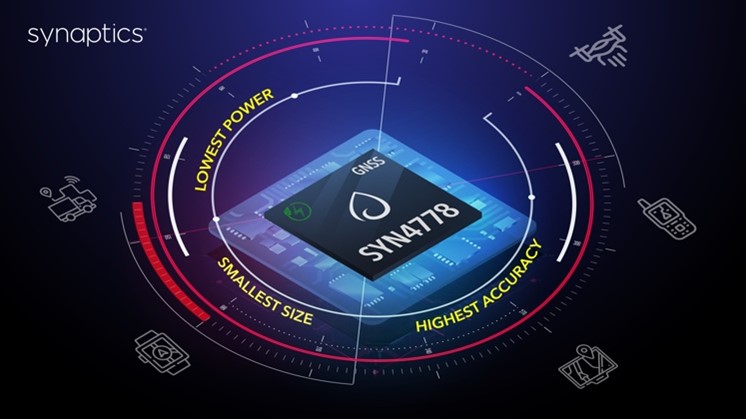
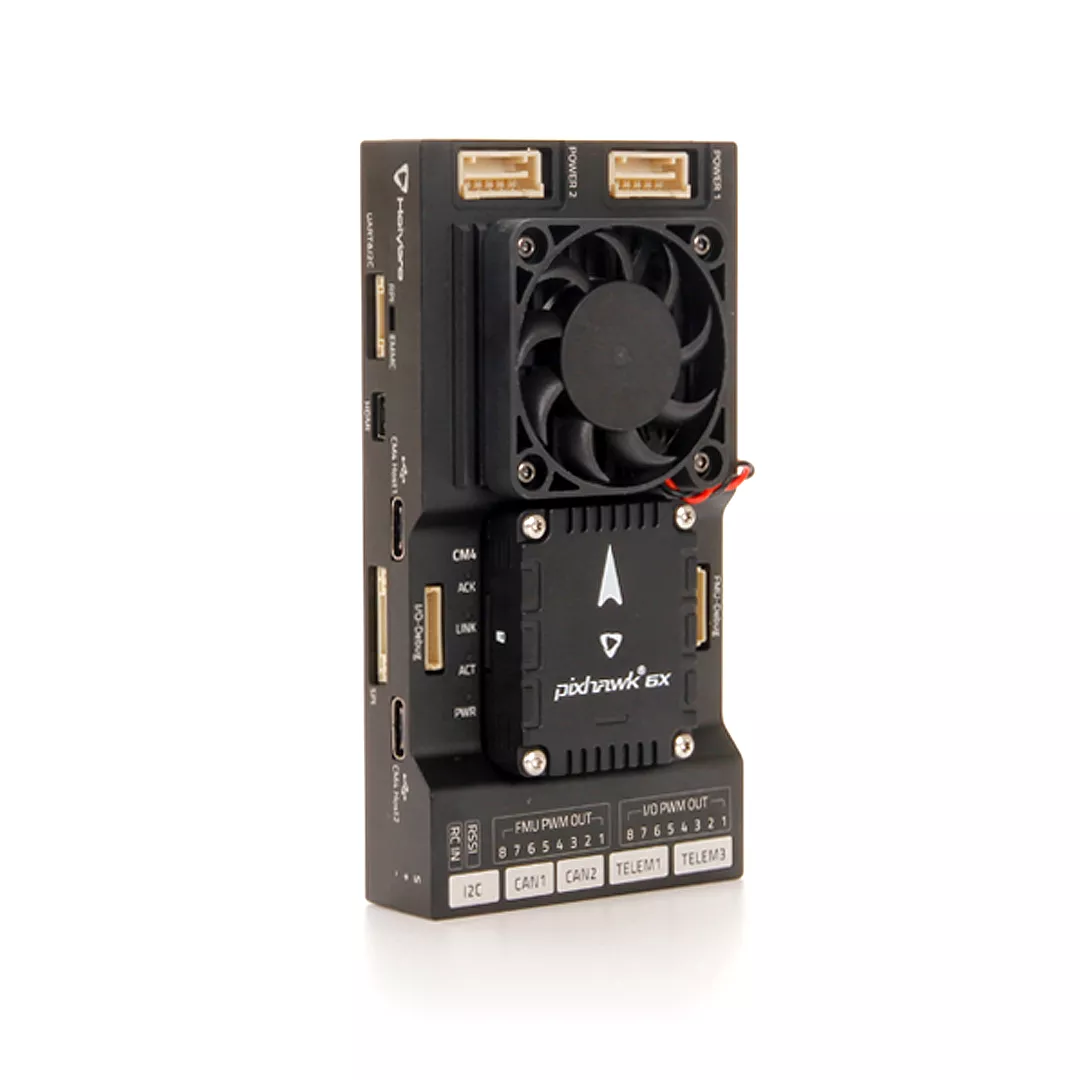
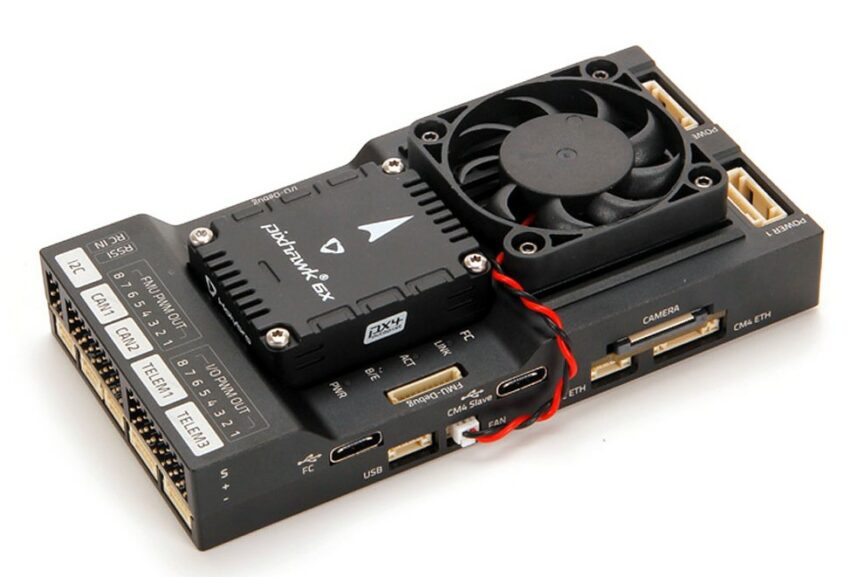
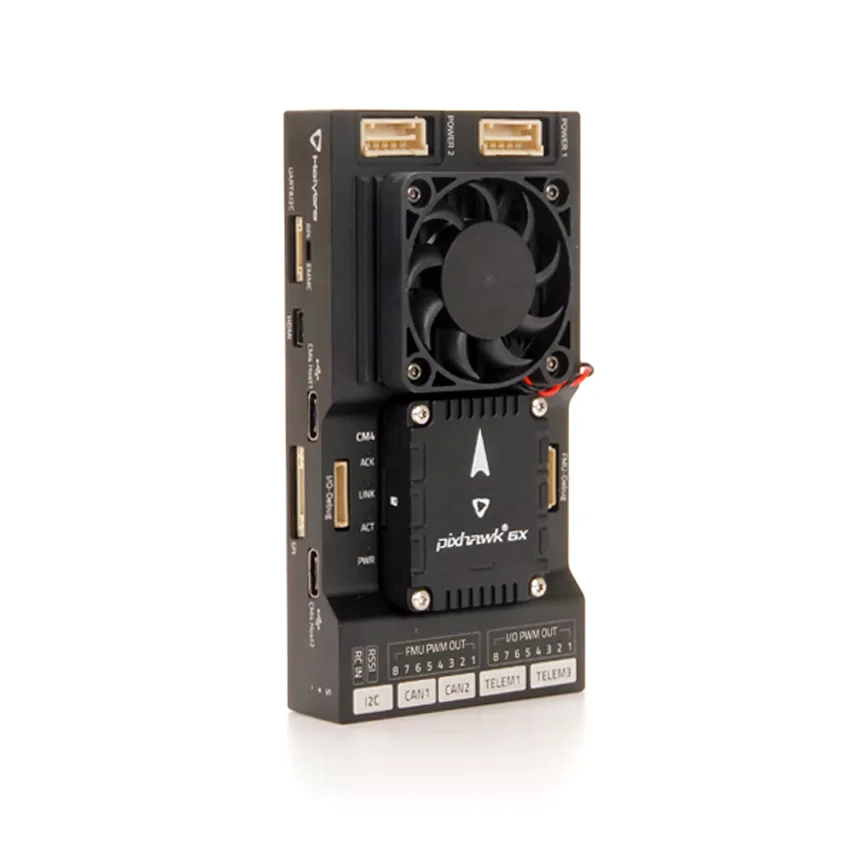
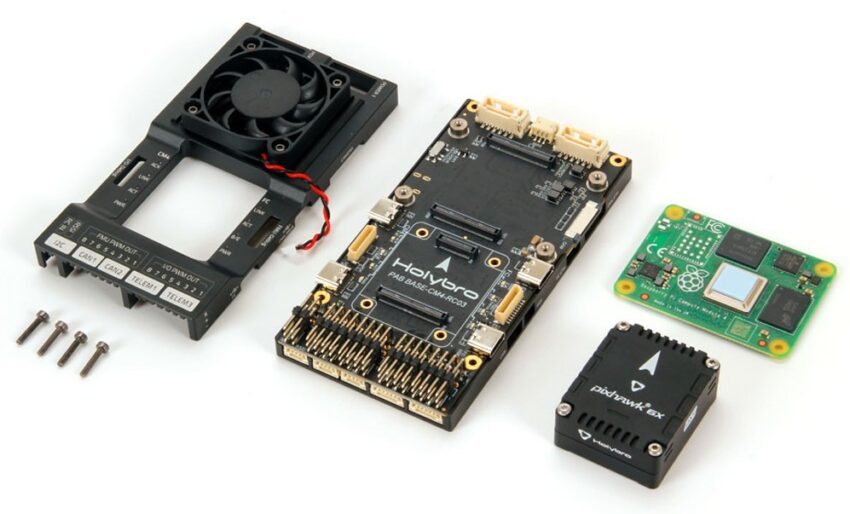

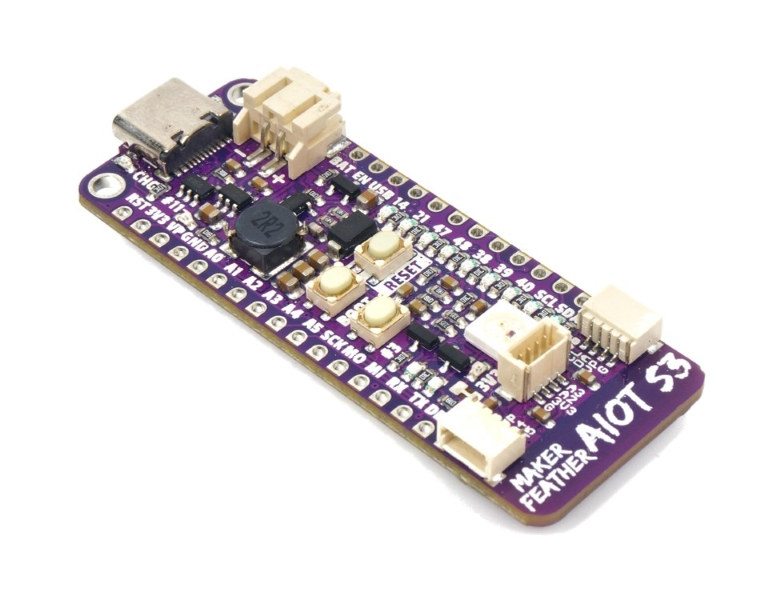
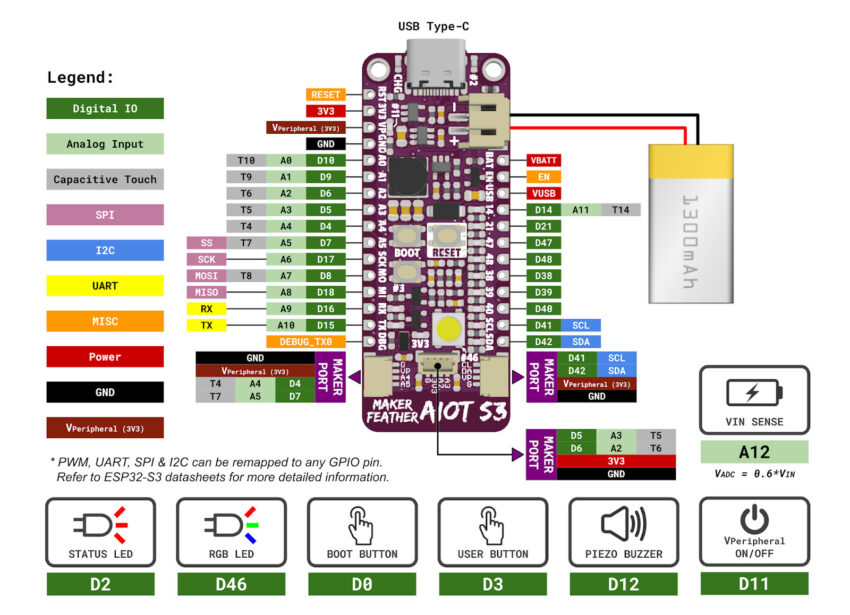
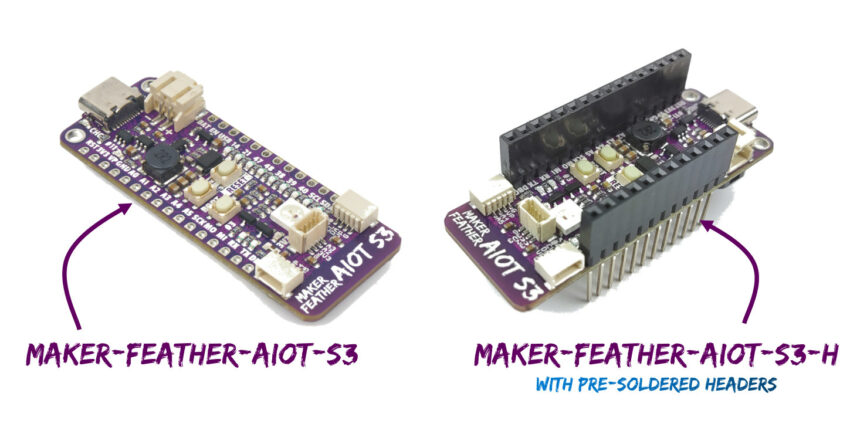


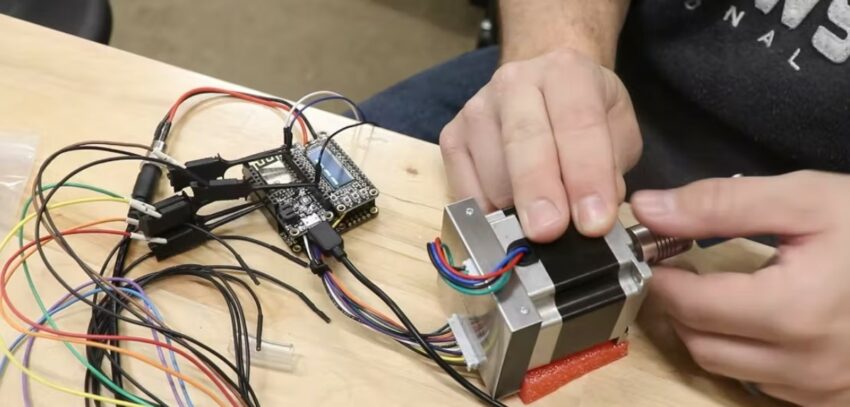

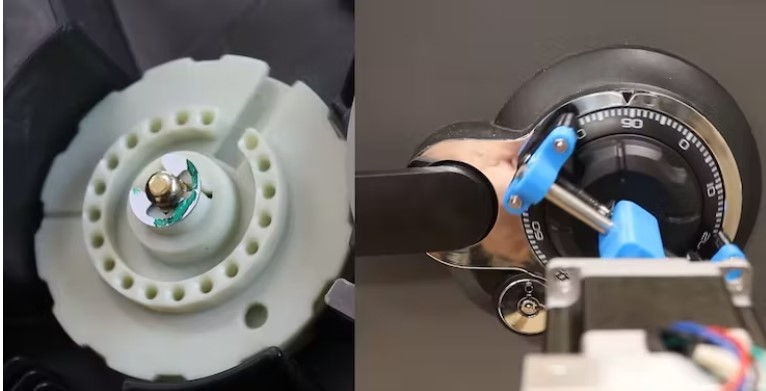
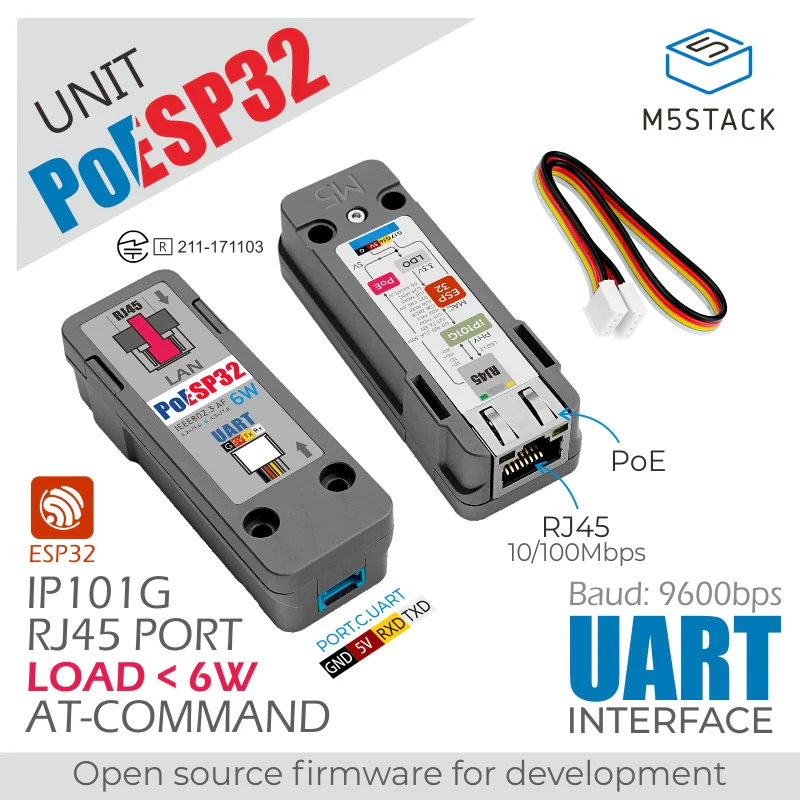
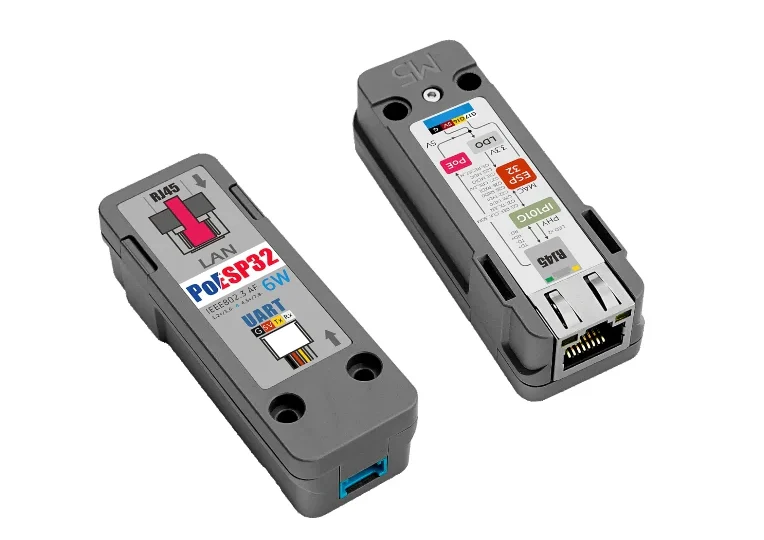
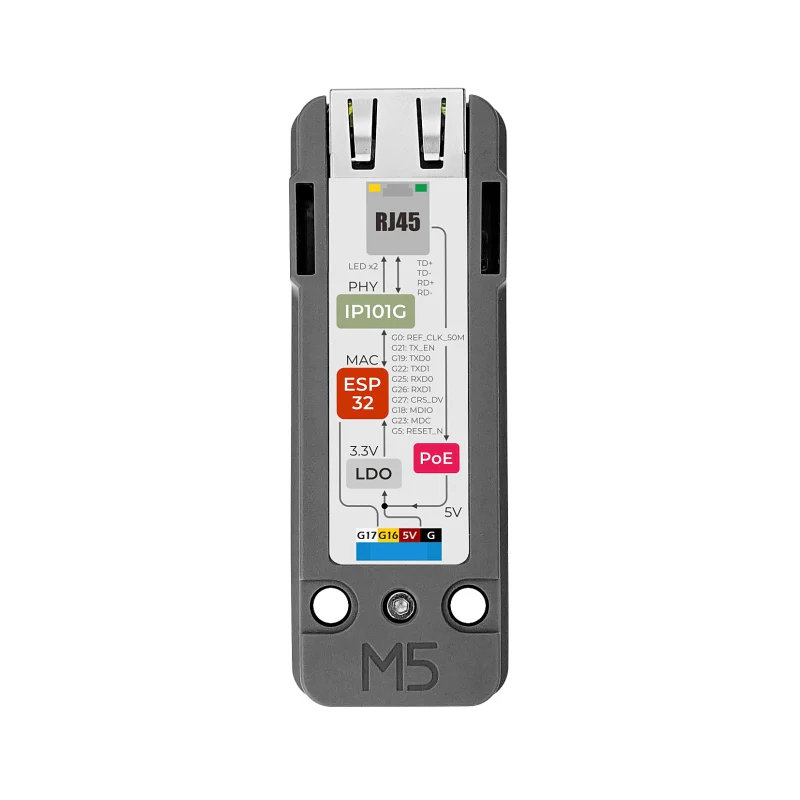 PoESP32 top view
PoESP32 top view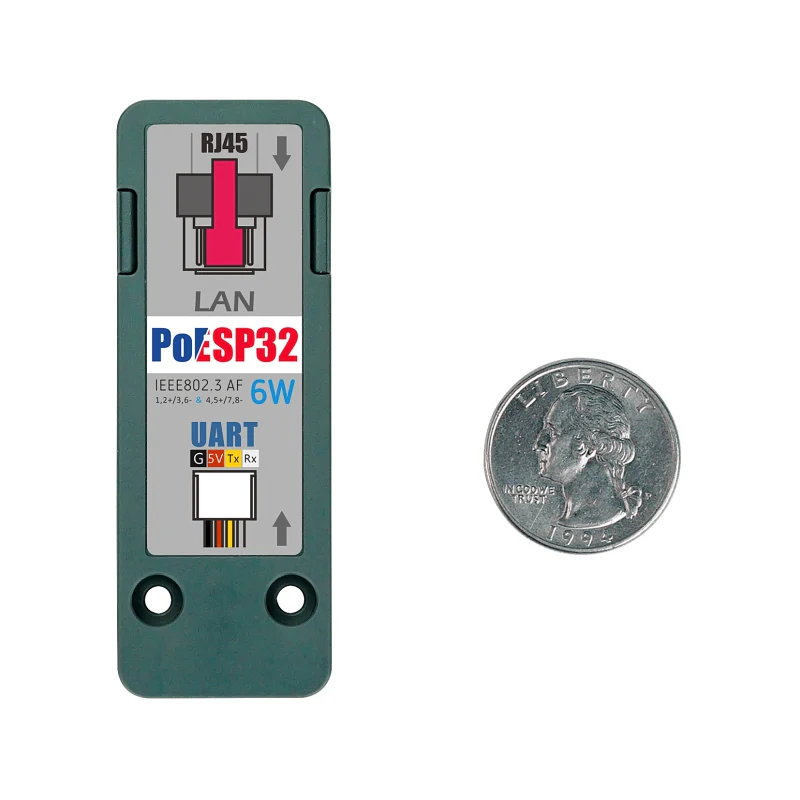 PoESP32 bottom view
PoESP32 bottom view